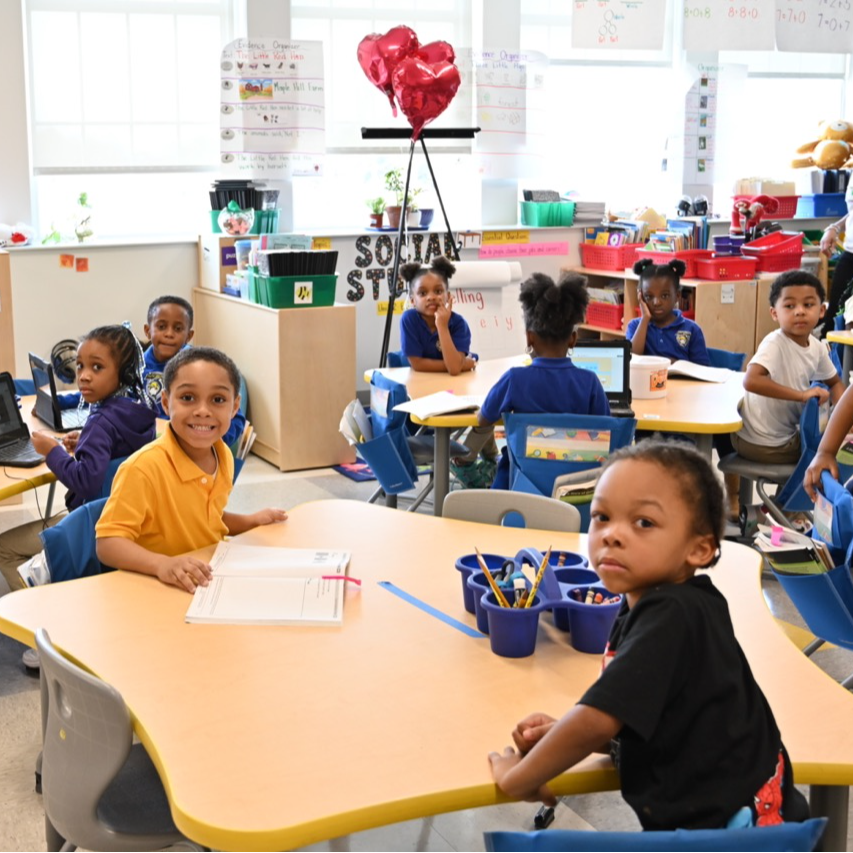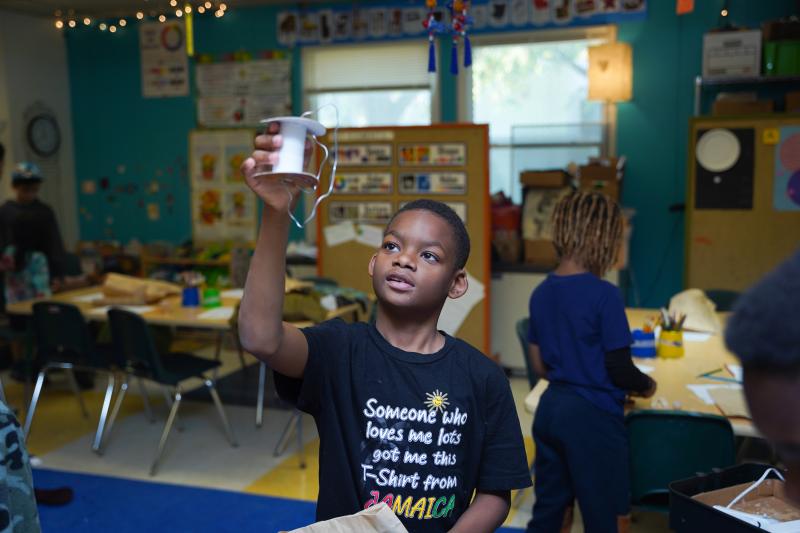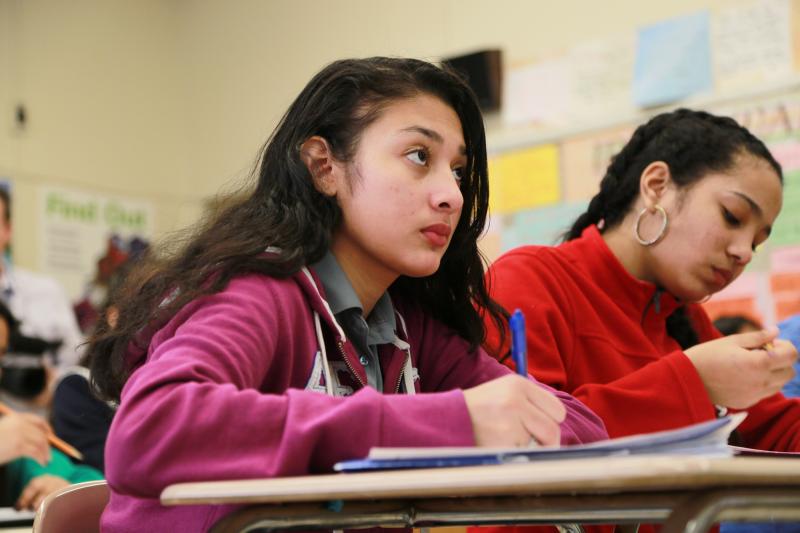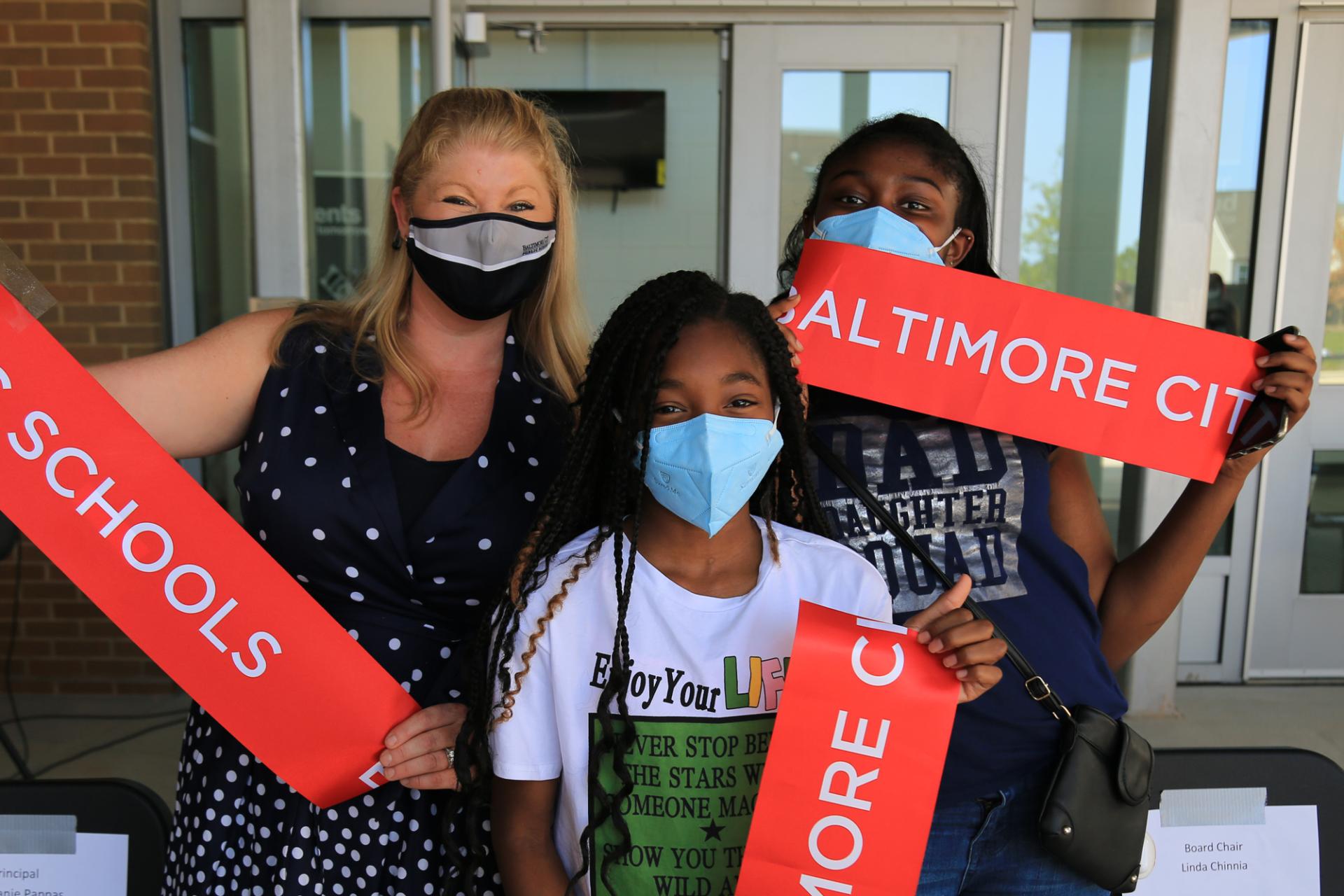The Blueprint for Maryland’s Future should not be confused with City School’s existing Blueprint for Success. The district's 2017 Blueprint for Success clearly articulated our vision and our plan for what we would accomplish — as a district, in schools, and for students — should equitable resources be made available. With our Blueprint – an evidence-based guide to what students will be taught, how they will be taught, and how we can improve environments for learning – our elected officials and advocates rallied support for what would become, after years of debate, the successfully passed Kirwan legislation. Thus, the priorities in the Kirwan plan align with the existing City Schools priorities articulated in the Blueprint and Reconnect, Restore, Reimagine. In many ways, City Schools has a head start on Kirwan implementation.





